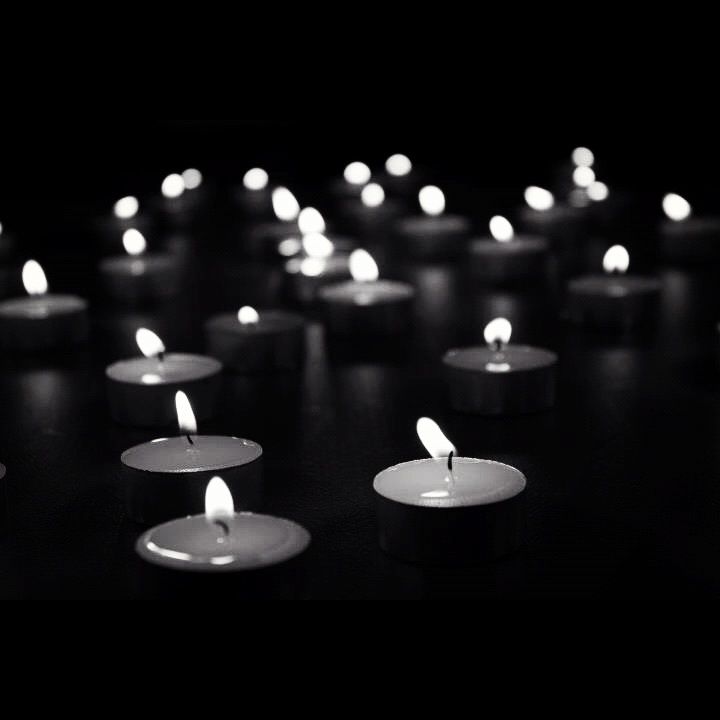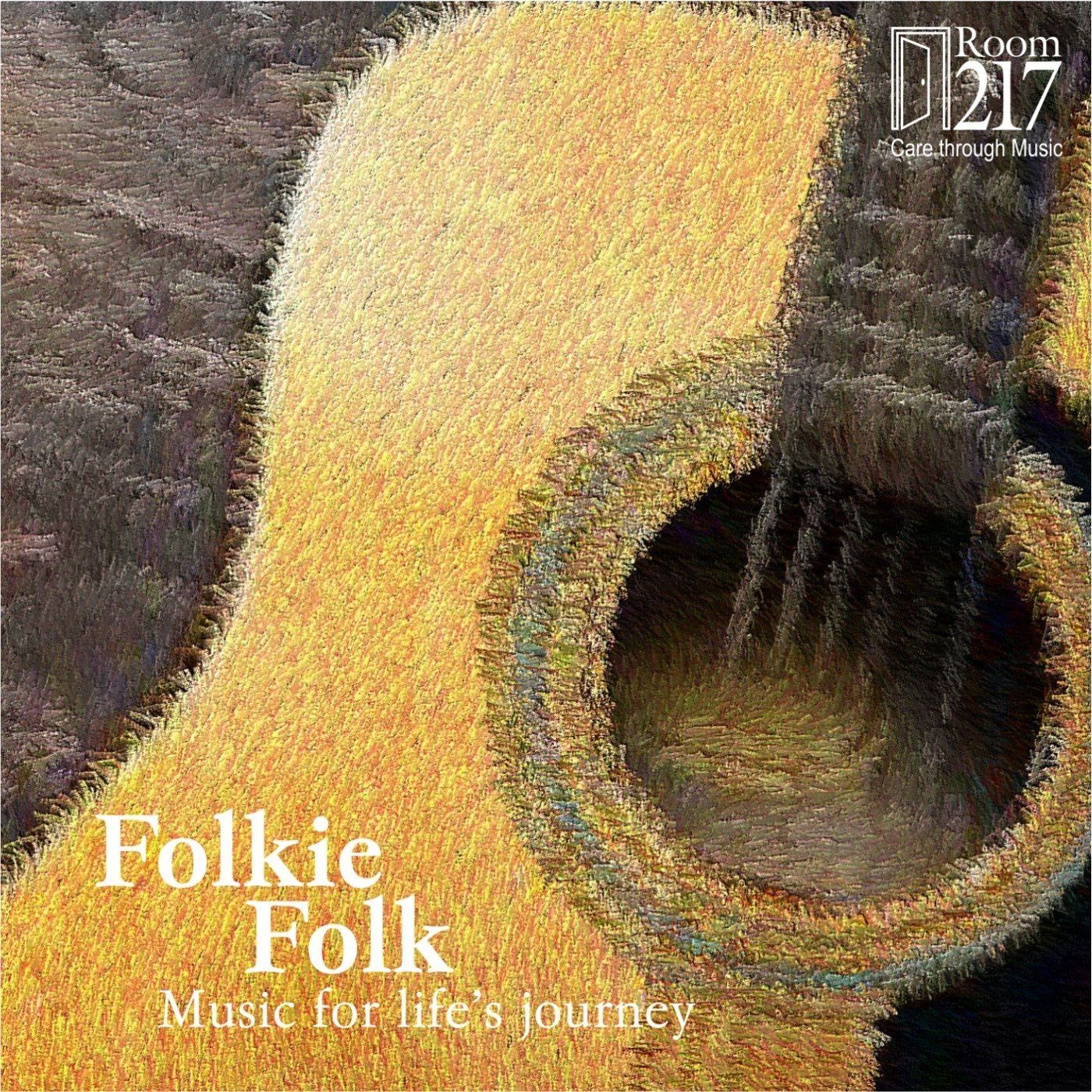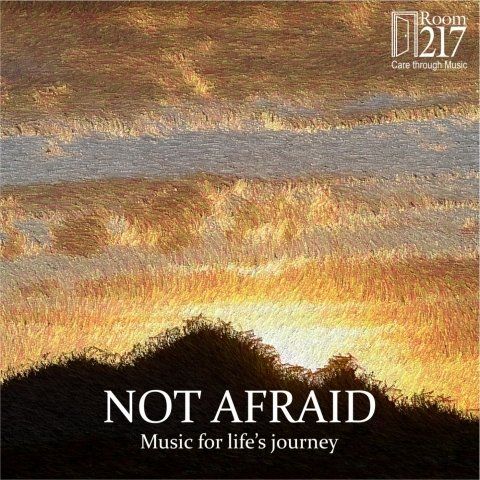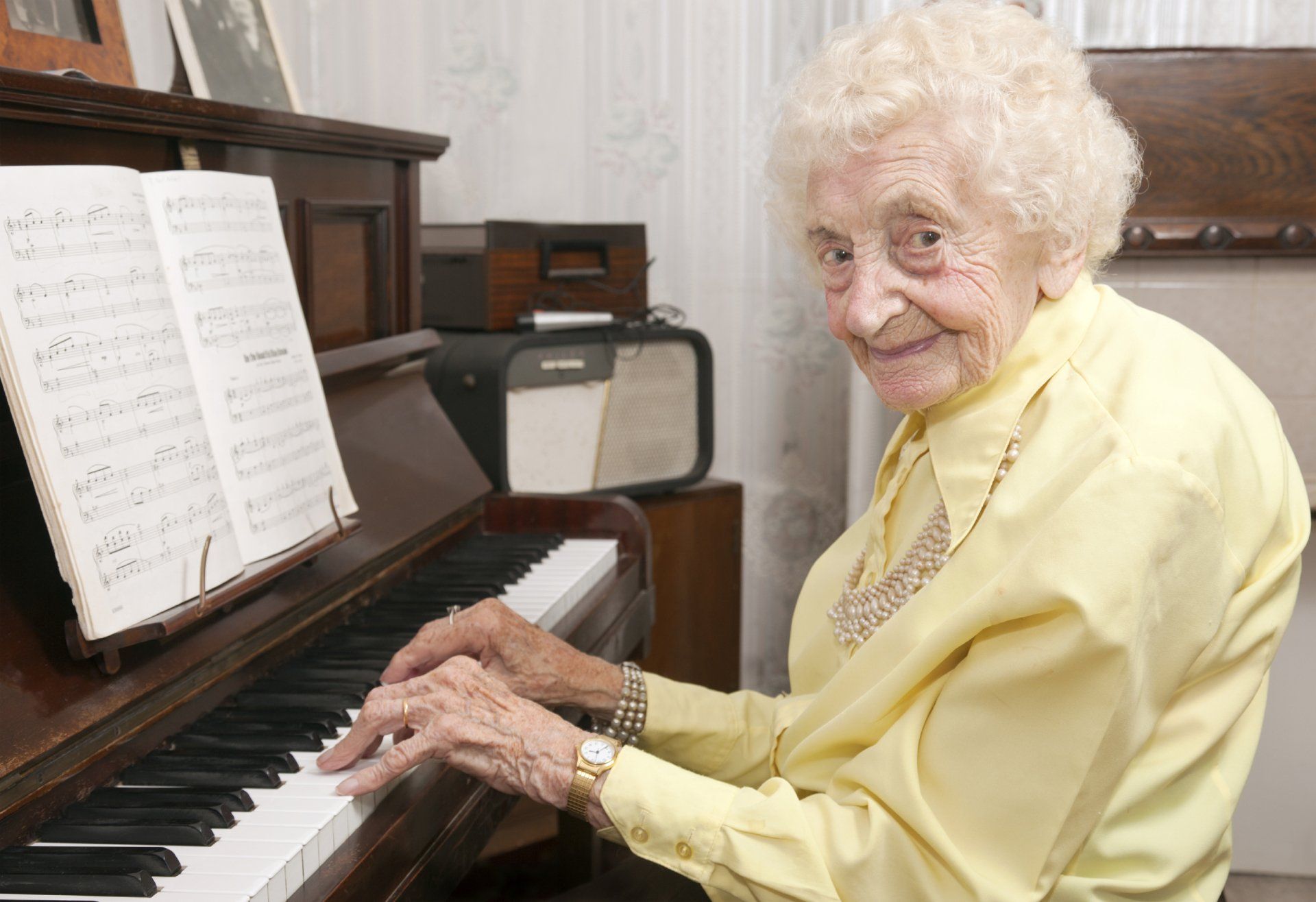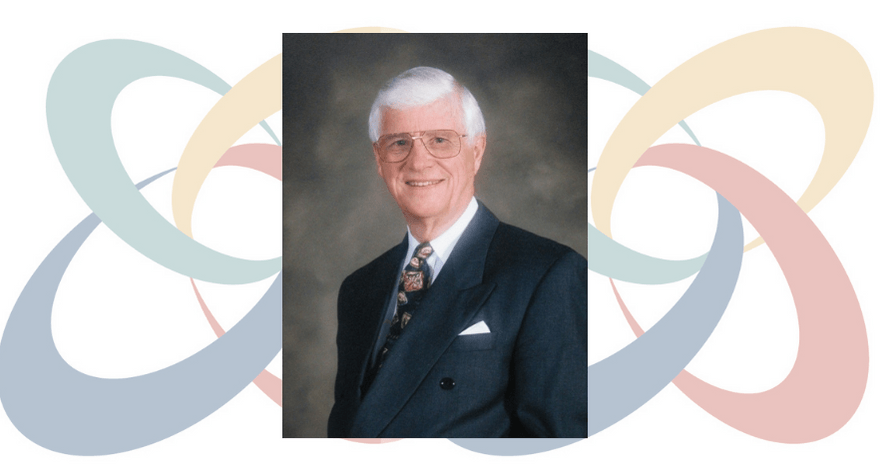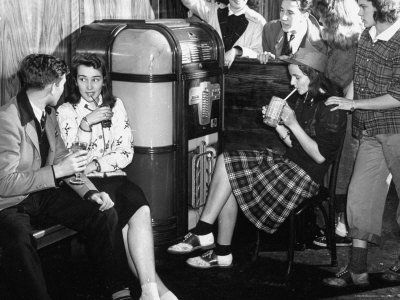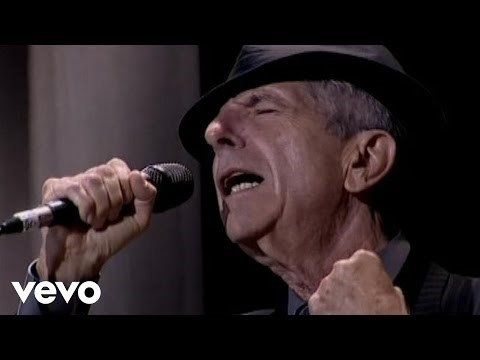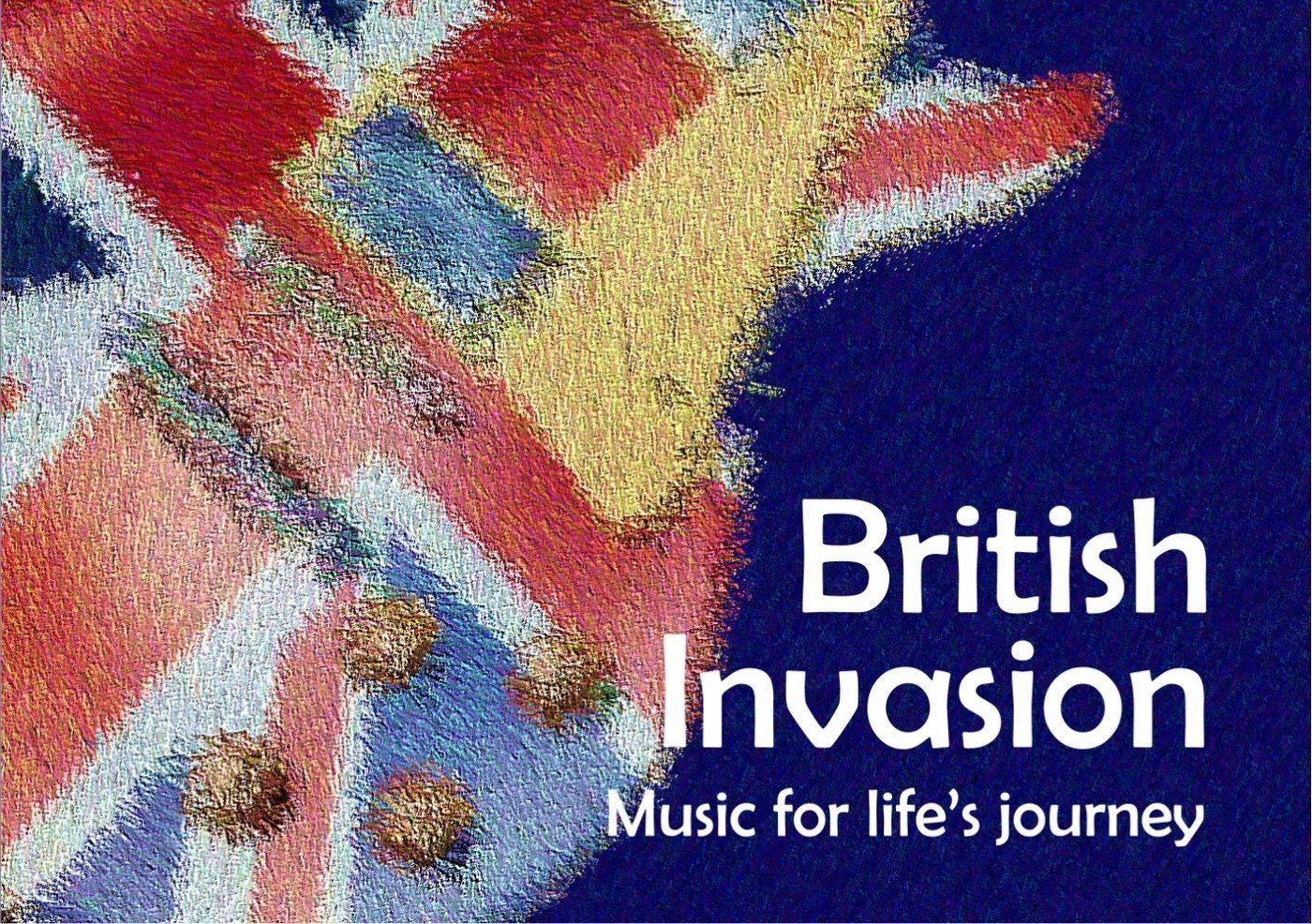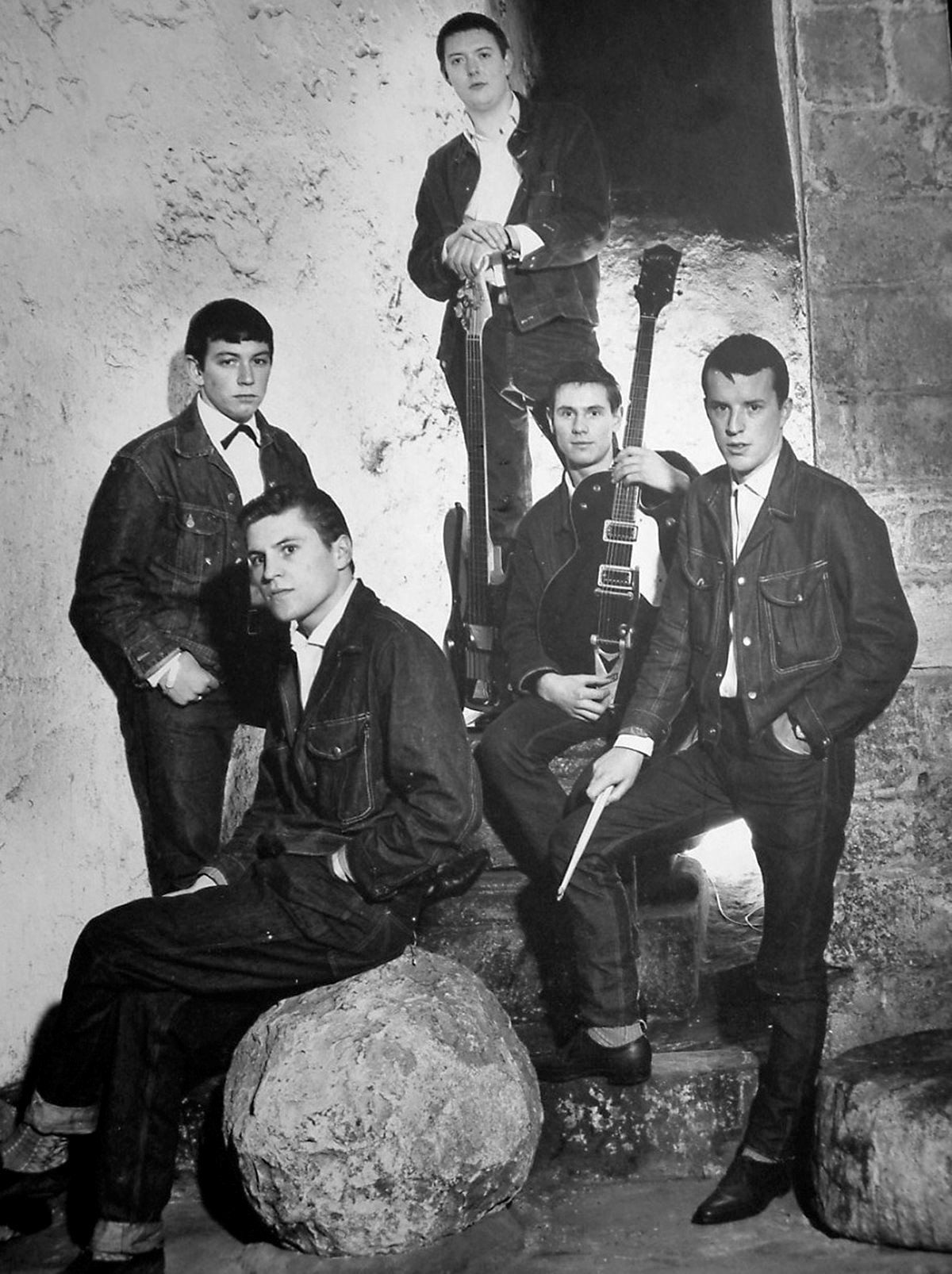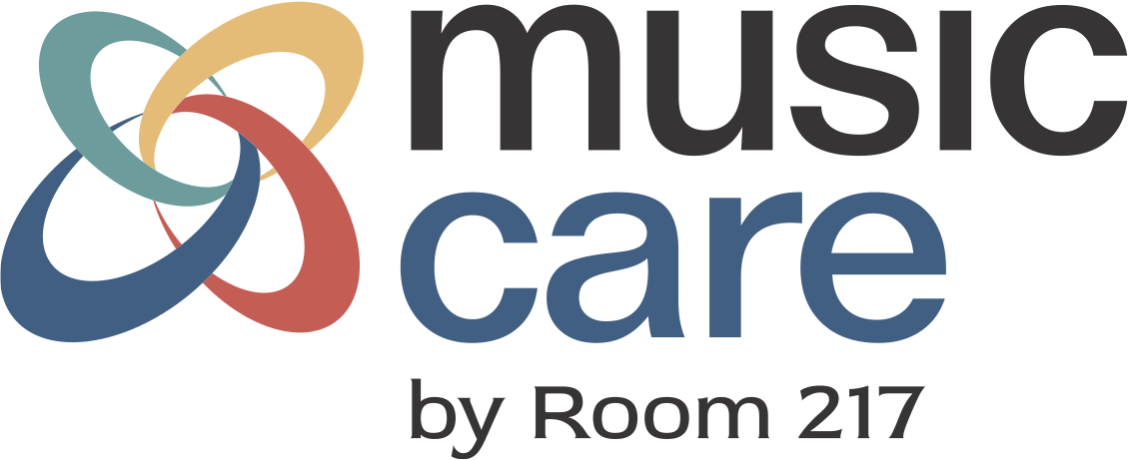Music and Dementia #2 - Music, Memory & Meaning – Connecting with the Preserved Self
We know that as we age, our memory is one of the first things to shift. For someone living with dementia, this can be especially profound, short-term memory is often the first to fade, while the past can sometimes linger in unexpected and beautiful ways.
I saw this firsthand with two women I loved deeply: my grandma, Hilda, who lived with vascular dementia, and my mother-in-law, Elma, who lived with Alzheimer’s disease. In both of their journeys, one thing consistently bridged the growing gap between their world and ours: music.
Music wasn’t just background noise. It became the heartbeat of our visits. It was the thing that reached beyond confusion, beyond silence, and connected us to each other and to lifetimes of memories.
Dr. Oliver Sacks, the renowned neurologist, said that music is the most powerful care modality for people living with dementia because it can find the preserved self.
This couldn’t be more true. Music has a unique ability to nourish neural pathways and access multiple parts of the brain. This is one reason why music is powerful in dementia care, because music may not be completely lost. If one pathway is blocked, another might still be open.
Every visit with Hilda and Elma had its soundtrack. We played the songs they loved, the ones that carried meaning from their lives. Those familiar melodies weren’t just entertainment, they were a bridge. A bridge to stories, to laughter, to their preserved selves.
One of the most moving examples of music’s power comes from a widely shared video of Gladys Wilson and Dr. Naomi Feil, filmed by Memory Bridge. Gladys, who lives in a nursing home, did not know Naomi before their encounter. Yet through music, a remarkable connection unfolds.
As Naomi sings an old spiritual song, something changes in Gladys. First, her hand starts tapping to the rhythm. Then comes an intentional gesture, she reaches for Naomi. Her eyes open. She begins to hum, then to sing, then to speak.
This isn’t just a musical interaction; it’s a moment of awakening.
The connection is both intrapersonal (Gladys reconnecting with herself) and interpersonal (a bond forming between her and Naomi). Through gentle touch, eye contact, and allowing the moment to unfold slowly, trust blooms. And, perhaps most powerfully, Gladys’ sense of rhythm becomes the guide. Naomi follows her lead. The songs chosen are the ones that matter to Gladys.
In just five minutes, music brings Gladys back to herself. It doesn’t erase her dementia, but it reminds her, and those around her, of who she is.
Music has this extraordinary way of helping us trace our personal narratives. For those living with dementia, these narratives can become hard to access through words alone. But a familiar melody can open doors that seemed locked.
These musical moments aren’t just about singing songs, they are about connection. They are about love, identity, and belonging.
With Hilda and Elma, these moments gave us something precious: a way to meet them where they were, not where memory used to be.
Music may not cure dementia, but it can bring light into its shadows. It can awaken parts of a person that illness cannot fully erase.
If you’re caring for someone living with dementia, consider exploring their musical past. Play their favorite songs. Sing together. Let the rhythm guide the moment.
Because in those musical moments, something sacred happens: We don’t just remember the music, the music remembers us.

